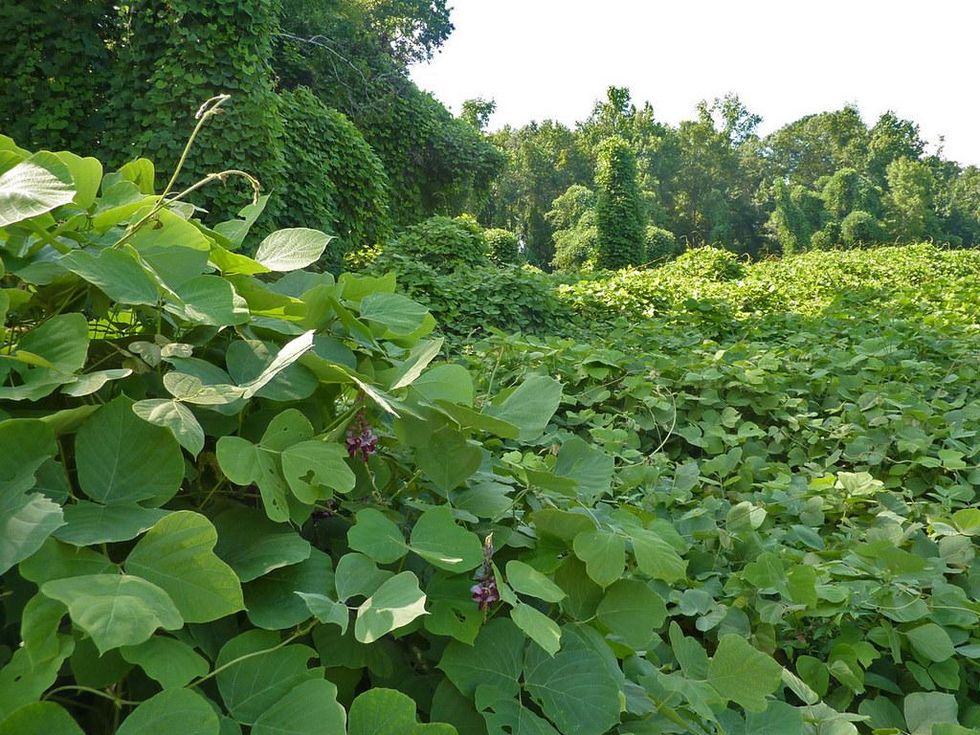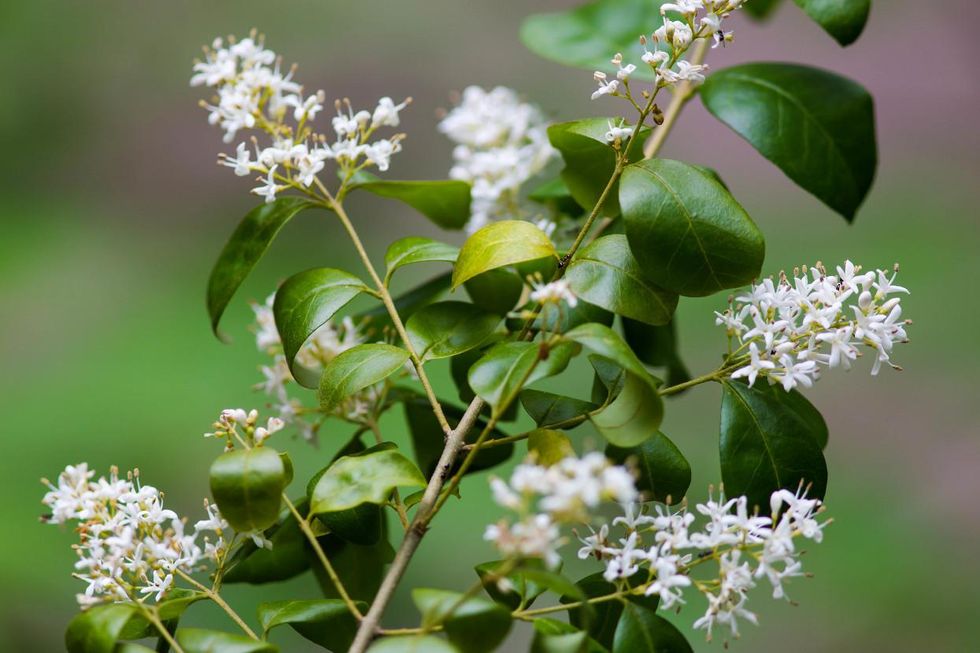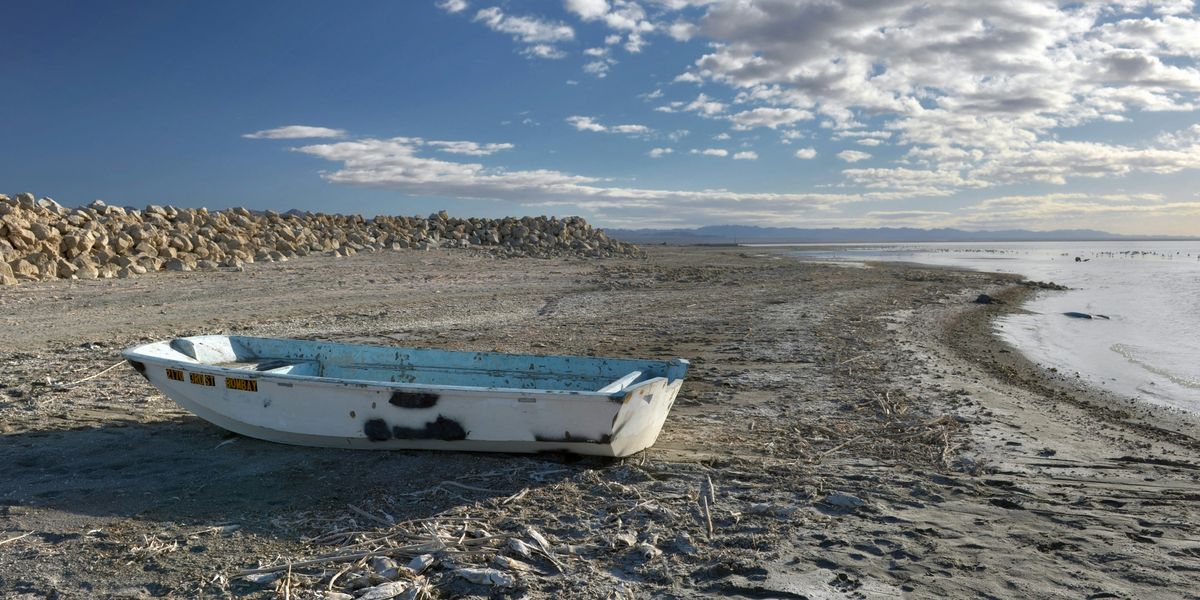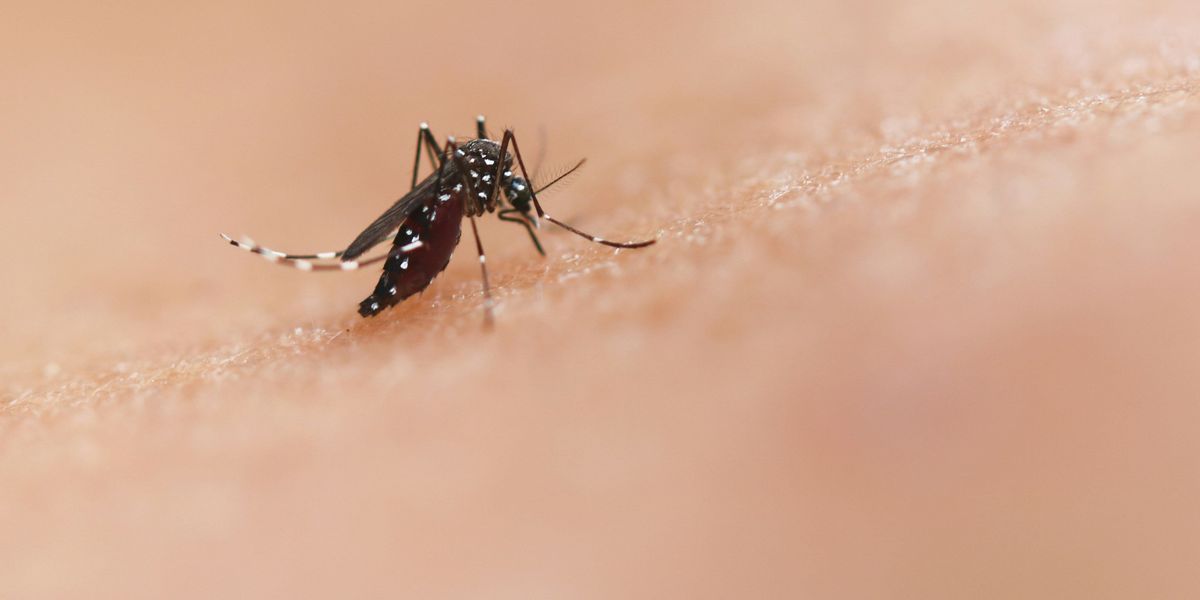Peter Dykstra: American Invasive Species Hall of Fame, part 1
Flora and fauna that have left their mark.
In recent years, Atlanta and Charlotte, N.C., have done battle over two of the biggest Hall of Fame-less sports juggernauts. Atlanta got the College Football Hall of Fame; Charlotte snagged the NASCAR Hall.
Presumably, Euclid, Ohio, faced less of a struggle in landing the National Cleveland-Style Polka Hall of Fame.
But here, ladies and gentlemen, are the first five of my top 10 natural phenomena, flora and fauna, that grab headlines an occasionally beat the tar out of natural ecological systems.
I give you my nomination for charter membership in the American Invasive Species Hall of Fame.
Kudzu (Pueraria lobate)

Kudzu's debut was at the 1876 Centennial Exposition in Philadelphia. Its native grounds were Japan and parts of China. But its fragrant blossoms suggested there might be some market potential in the U.S. The fast-growing vine didn’t really catch on until the 1930’s, when the U.S. Soil Conservation Service recommended kudzu as ground cover for eroded land.
It was a staple for state highway departments in Georgia and elsewhere, but soon it became clear that its growth—vines lengthened by a foot a day—was uncontrollable. Limited in the north by cold winters, kudzu has begun to spread thanks to a warming climate. Its latest conquests include Oregon and Indiana.
Kudzu absolutely rules in “edge” habitats—the edges of forests, near roadsides or farm fields. It smothers native plants in edge areas, depriving them of essential sunlight.
Red Lionfish (Pterois volitans)
With dozens of Dr. Seuss-like multicolored spines, this native of Southeast Asian waters turned up in the Caribbean in the 1990’s, then spread rapidly up the U.S. East Coast in the early 2000’s.
Lionfish tend to stick to reef formations, staying long enough to devour many of the native reef fish and crustaceans they can find.
Do you have nominations for the American Invasive Species Hall of Fame? Send them to Peter Dykstra at pdykstra@ehn.org or @pdykstra.
Those Seuss-like spines can deliver a painful sting. Lionfish are well-established enough that there’s little hope they can be removed. Some foodies, and the Wegman’s grocery chain, have promoted lionfish as a delicacy. But divers, keep your hands to yourself.
Cheatgrass (Bromus tectorum L.)
Cheatgrass is also likely a 19th Century import. It’s now found in 50 states, but in parts of the hot, dry grazing land of the Great Basin, cheatgrass can often rule.
Cheatgrass blooms earlier than native grasses and sagebrush, crowding out the traditional food for grazing animals. The “cheat” comes in when the cheatgrass abruptly and completely dies at the end of spring. The food of spring becomes the fire starter of summer.
The seed of cheatgrass features sharp barbs that keep veterinarians busy. Livestock can be harmed by barbs in the face and mouth. Ranch dogs’ paws have an annual running dispute with the seed.
Fire ants (Solenopsis invicta)
Say what you will about fire ants, but at least they’ve paid their dues in a small way. They’re South American natives whose first entry points in the U.S. were probably the Alabama State Docks in Mobile.
They spread throughout the Southeast, creating impressively large colonies. Any human, dog or other creature who sticks a toe, a snout, or anything else near the colonies is begging for a stinging, painful swarm.
But the fire ants gave us E. O. Wilson, a young Alabaman whose fascination with the ants blossomed into a lifetime as a sublime communicator on evolutionary biology.
Chinese Privet (Ligustrum sinense)

Chinese Privet just doesn’t look or smell like a bad actor. Tall and fast-growing with sweet-smelling white blossoms, privet simply looks and smells like it belongs.
Privet belongs on this list because there’s so little acknowledgment that it’s a bad actor. Its roots outperform native vegetation, literally sucking the life out of other plants. Its rapid growth literally throws shade on those same plants. Insects, birds, and some small animals begin to look elsewhere for their food.
It’s still in most garden centers as an ornamental. Even some who are raising the flag on privet, like this prominent botanical garden, recommend eliminating privet by dousing it with glyphosate, a much-criticized herbicide.
There are also invaders who never lived up to their great initial expectations. In the 1970's, walking catfish and killer bees were allegedly poised to walk or buzz their way across the nation. Both failed.
Snakehead fish were supposed to haul themselves out of a Crofton, Maryland, pond in 2002 and menace freshwater fish. But like their walking catfish predecessors, they faced a ”Don’t Walk” sign. Just last year, Murder Hornets were all the rage. Now, it’s crickets on the murder hornets.
But my five invader nominees are for real. Next week, we’ll do five more, including a gigantic snake and a smaller one that’s reportedly bitten people in a most inconvenient place.
Do you have nominations for the American Invasive Species Hall of Fame? Send them to Peter Dykstra at pdykstra@ehn.org or @pdykstra.
Dykstra is our weekend editor and columnist. His views do not necessarily represent those of Environmental Health News, The Daily Climate, or publisher Environmental Health Sciences.
Banner photo: Lionfish (Credit: Michael Aston/flickr)













